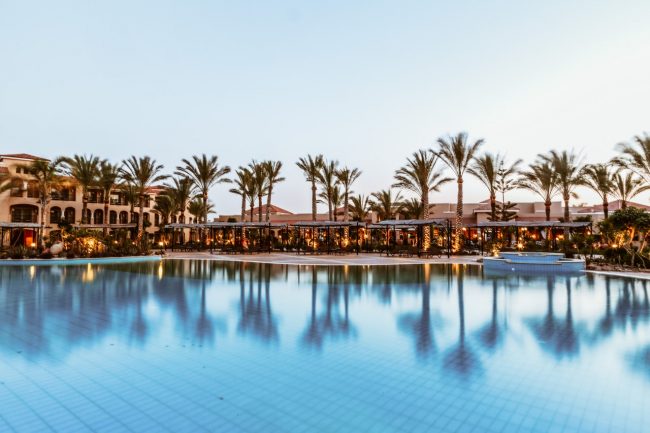In Singapore (and the planet), the company strategy of hotels is changing–because the way people use resorts is changing. With the increasing popularity of the sharing market, expansion of Millennials, and electronic disruption, travellers are becoming savvier today.
According to the Asian Digital Transformation Index, Singapore emerges at the top of the listing with a high capability to change themselves in the face of digital disturbance. The hospitality business is no exception–today, more than ever, it’s being disrupted in a significant way, and is undergoing radical changes.
For example, no longer are food choices bound by the constraints of a resort and its immediate area; they finallyhave access to the whole city’s kitchen directly on their palms, with the likes of UberEats and Deliveroo.
Furthermore, modern travelers are now increasingly gravitating towards being completely immersed in an exceptional experience and surroundings–and Millennials are among the fastest growing markets for these tastes.

Riding on the back of Singapore’s push for creativity, there were greater calls for design principles to be considered for more sustainable living. In exactly the same vein, to remain relevant, hotels will need to better understand their guests’ needs and design an experience that offers an all-encompassing, enticing experience, or risk becoming a building that just happens to be full of beds for rent for the evening.
So how does Interior Design change anything?
To the layman, interior design might be called simply the background to all of your foods, birthday parties, and vacations. When wielded effectively however, interior design and layout can influence your guests subconsciously; it calms, excites, and may even cause hunger. A popular theory is that brands such as McDonald’s, Burger King, and KFC use the colour red in their trademarks and outlets as it whets an appetite.
It’s the same for hotels. You may not have had thought about this before, but if you envision a pristine, comfortable hotel room, you imagine white sheets on the mattress. White sheets exude a feeling of luxury, and they look and feel clean–the identical reason that hospitals and bathrooms are predominantly white. All of these details that you typically overlook play a part in an off-beat layout environment. As they say, fantastic design is clear, but terrific interior decorating is transparent.
A hotel’s interior design goes beyond the painting of a wall into a certain colour and having it turned into a feature wall. Additionally, it concentrates on creating exceptional social space and providing quality accommodation amenities. Interior design is about creating a space which allows for the ideal activity flow.
A good example would be enormous lobby spaces. In a study by Hilton, it was found that guests like being “socially independently” i.e. they desire to maintain large social areas, even if they don’t use them to mingle with other people.
Artyzen Hotel Group, which has the affordable-luxury citizenM, is a hotel that admits the lobby’s growing influence. Reinventing the boutique resort experience, citizenM makes it a point to integrate its signature “living room lobby concept”, presenting numerous zones to unwind, meet, and work. Likewise in the Grand Copthorne Waterfront Hotel, conventional reception counters are gone, making way for visitors to flow from one area to another with the reception, restaurant, and bar integrated into a single space.
Basically, by providing guests an area to linger for extended periods, resorts add to their return on investment via food and drink sales. Having evolved into more than just a space people pass through in between destinations, hotels have become a more attractive setting for guests. Certainly, communal living homewares has a far reaching effect beyond simply aesthetics.
Hotels will want to constantly evolve to maintain current. Travel and human interaction as we all know are changing daily. Gone are the days where folks will need to fly thousands of miles over oceans to see a person’s face or hear a person’s voice. Technologies such as Skype and virtual reality have and will continue to revolutionise the way we travel.
To stay relevant, resorts need to keep their design, coastal beach furniture, functionalities, and how they connect to their viewers fresh and current. As an example, self-service is not a bad thing. Nowadays, people are more willing to shell out cash on adventures that enriches their lives, as opposed to on unnecessary frills. Hotels need to bear this in mind–that they’re selling an experience, not just only a room for the night.
A resort design definitely needs to link to its guest profiles effortlessly. The journey starts in the booking of this accommodation, and will continue to the moment they walk from its doors. The whole experience must join with the visitor, to convey the resort’s branding and special features.
Interior design can be your arsenal to establishing that link.

